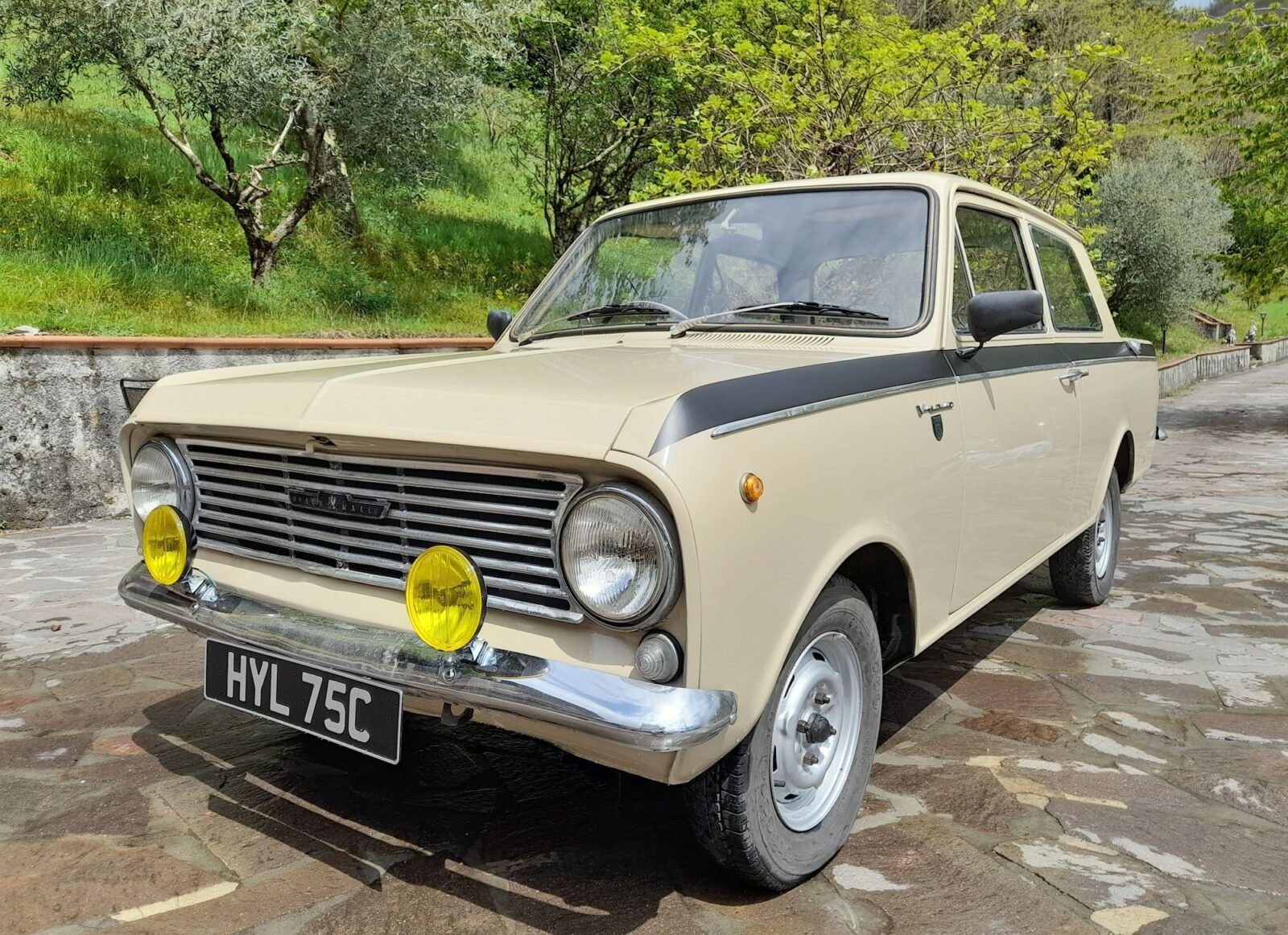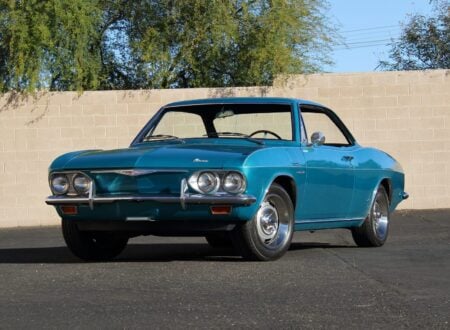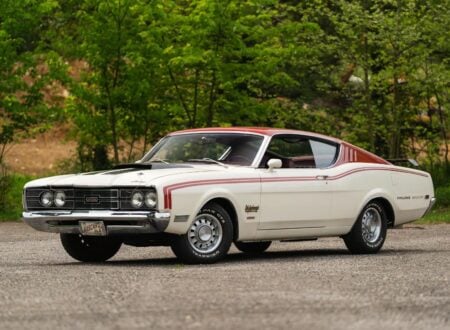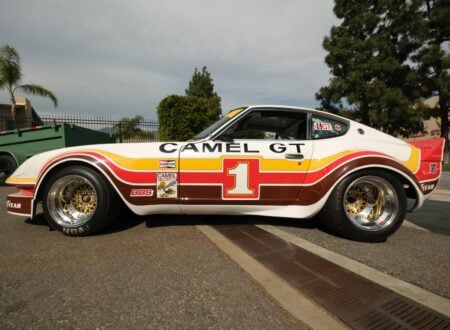This is one of just two surviving examples of the 1965 Vauxhall Viva HA Brabham GT, a rare period competitor for the far more numerous Lotus Fords, particularly the Lotus Cortina.
In much the same vein as the Lotus Cortina, the Vauxhall Viva HA Brabham GT was reworked by a Formula 1 team owner’s garage – in this case Jack Brabham rather than Colin Chapman who oversaw the Cortina builds.
Fast Facts – The Vauxhall Viva HA Brabham GT
- The Vauxhall Viva HA debuted in 1963 as the somewhat belated answer to the booming compact car segment, dominated in Britain at that time by vehicles like the Beetle, the Mini, Minor, and the Anglia. It was Vauxhall’s first small car in almost 15 years, and by all accounts it would be a resounding success.
- The Viva HA shared a platform with the Opel Kadett A as both Opel and Vauxhall were General Motors-owned companies. The two cars had completely different bodies, and share relatively few non-mechanical parts.
- The standard Viva HA was powered by a 1,057cc, overhead valve, inline 4-cylinder engine mounted longitudinally, sending power back to the rear wheels via a manual transmission. A small number of variants of this engine were offered, with power up to 54 bhp which was good for a top speed approaching 80 mph.
- There was one special higher-performance version of the Vauxhall Viva HA built, called the Vauxhall Viva HA Brabham GT. Each Brabham GT was modified at the Brabham Formula One Team workshop in Woking, Surrey. They were given more displacement (1.2 liters) dual carburetors, and a number of other mechanical changes to bring power up to 80 bhp.
- It’s not known exactly how many were built in period, Vauxhall said at the time they were going to make 500 but it’s believed that between 10 and 25 cars were actually built, and that just two have survived to the modern day.
The Great Jack Brabham
Jack Brabham remains the only person in history to start his own Formula One team, develop a car with his engineers, then climb into that car and drive it to a World Championship win. He won his first Constructors’ Championship in 1966, then just to prove to the world it wasn’t a fluke, his teammate Denny Hulme won it again in 1967.
Above Video: This is a full length documentary about the incredible feat of the Brabham Team in 1966, winning the F1 Constructors’ Championship in no uncertain fashion. The film is called “The Fantastic Year” and it was released in period by Repco.
It seems unlikely given the behemoth size and stature of modern Formula One teams that anyone will ever do what Brabham did. Nowadays it would require a top-tier driver to have the hundreds of millions required to start a team from scratch, at least one engineering degree to assist with the car’s development, then the skill to drive the car to the World Championship win.
Back in the 1960s this was already a formidable achievement, today it would be borderline impossible.
Brabham had started out as a Royal Australian Air Force flight mechanic, from there he started his own small engineering workshop, and using that as a base of operations he began racing midget cars in his native Australia.
His talent as both a driver and a car designer and constructor was immediately apparent, and he enjoyed significant success. Soon he moved to Britain to further his career, becoming an integral part of the influential Cooper Car Company’s racing team with both driving and engineering duties.
In 1960 he would found Motor Racing Developments Ltd with British-Australian designer Ron Tauranac. Within a few short years the company would become the largest manufacturer of custom racing cars in the world.
The F1 wing of the organization would operate from 1962 until 1989. In total the team would win two Constructors’ Championships (1966, 1967), a four Drivers’ Championships (1966, 1967, 1981, 1983), and 35 race victories in total.
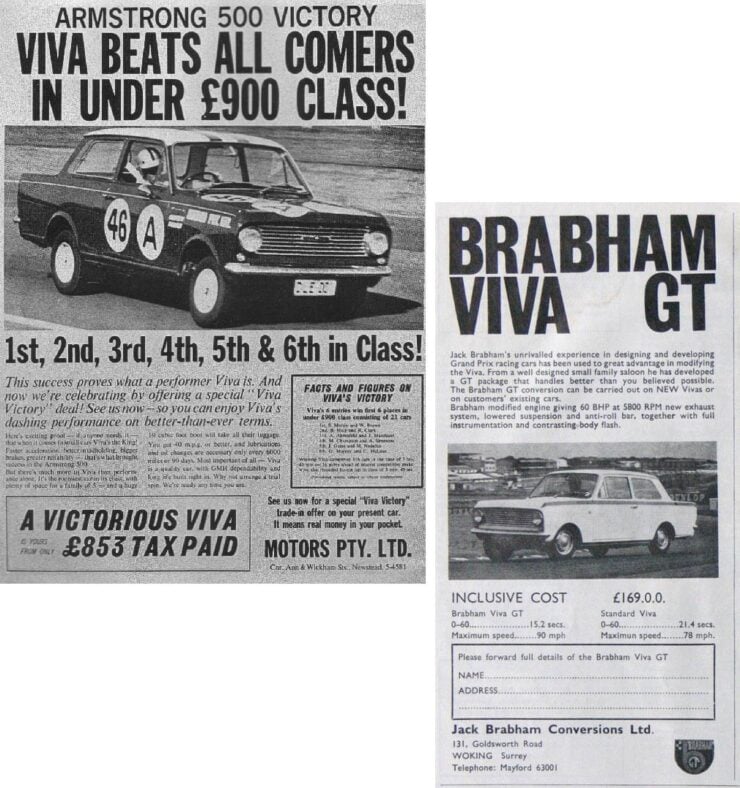

The Vauxhall Viva HA Brabham GT
Developing custom high-performance road cars in collaboration with major automotive manufacturers was never really a bread and butter industry for Brabham, it was more of a side hustle, but these road cars that carry the Brabham name are now both rare and highly prized.
One of the first of these collaborations was the Vauxhall Viva HA Brabham GT, it was a lightly modified version of the first generation “HA” Vauxhall Viva that offered considerably more power than stock, as well as some interior and exterior styling improvements.
Each Viva HA Brabham GT started life as a factory-standard car that was delivered to the Brabham Formula One Team workshop in Woking, Surrey. The engine was removed and rebuilt with a displacement increase to 1.2 liters from the standard 1,057cc.
A new high-performance head was also added, as well as dual carburetors, a custom intake manifold, and tubular steel exhaust headers – power was increased to 80 bhp up from the original output of 54 bhp. The interior received a special dashboard and a wooden steering wheel, and the exterior of the car saw the addition of a black stripe, and some Brabham decals to let the world know it wasn’t a standard Viva.
Vauxhall intended the Viva Brabham GT to be a competitor for the likes of the Lotus Cortina, though in reality the two cars occupied slightly different sectors of the market both from a price and performance perspective.
The intention seems to have been to build 500 examples of the car, however it’s believed that between 10 and 25 were actually made in total before production shifted over to the later Vauxhall Viva HB Brabham. It’s believed that just two original examples of the HA Brabham GT are left in the world, one in Australia and the other in the United Kingdom (shown in this article).
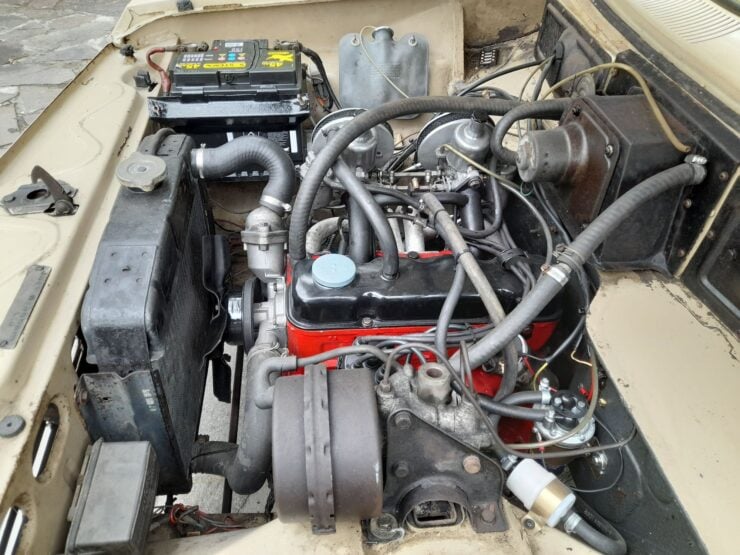

The car you see here is the example that remains in the UK, it’s in remarkably original condition throughout and in numbers-matching form. It’ll be up to the new owner whether they restore it back to as-new condition or preserve it as it is today.
If you’d like to read more about it or register to bid you can visit the listing on Car & Classic. It’s being offered for sale out of England. It’s had only two owners from new, and a mechanical restoration has already been started.
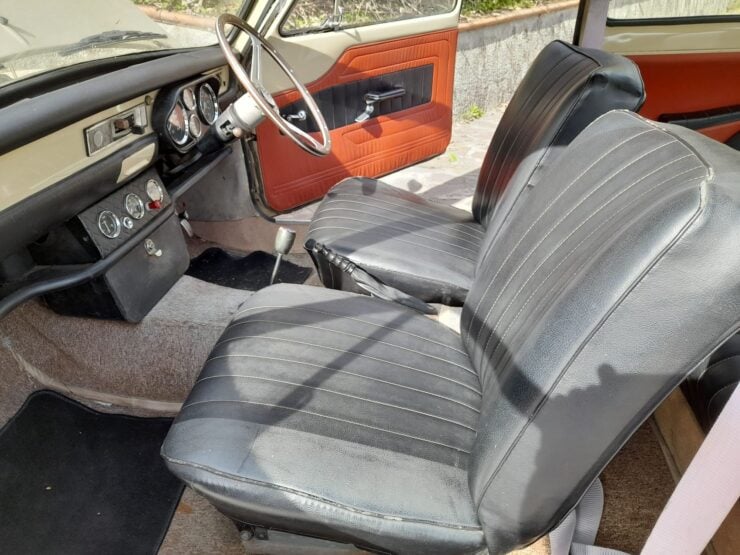
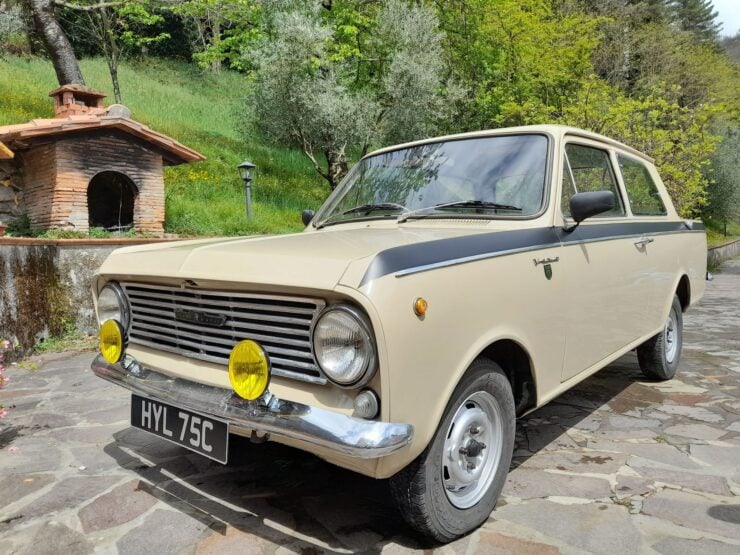
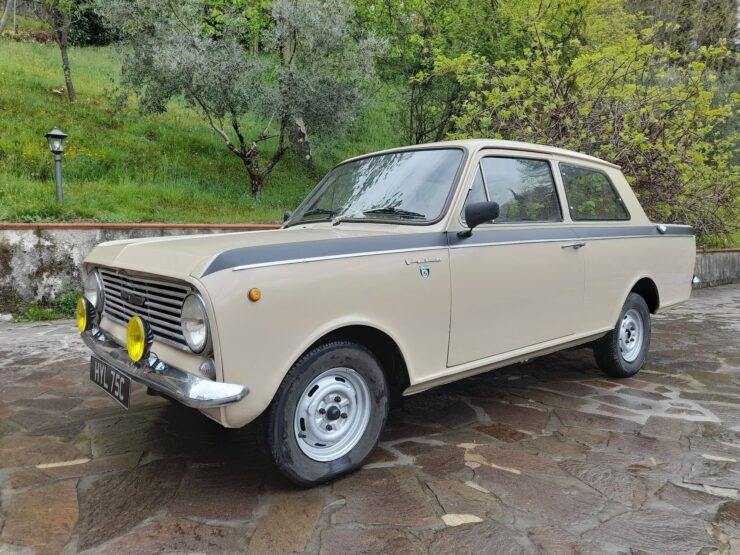
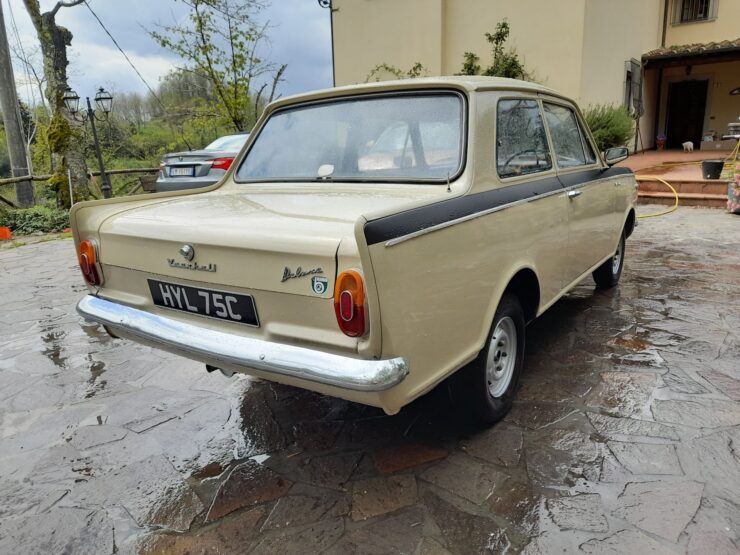
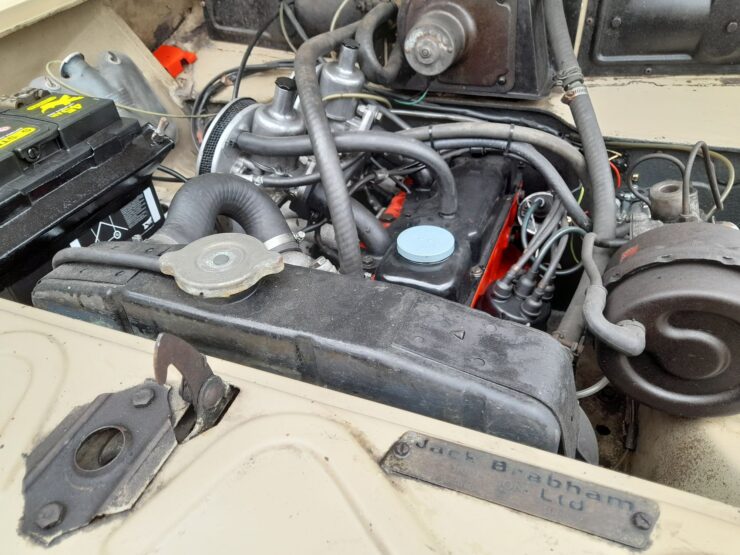
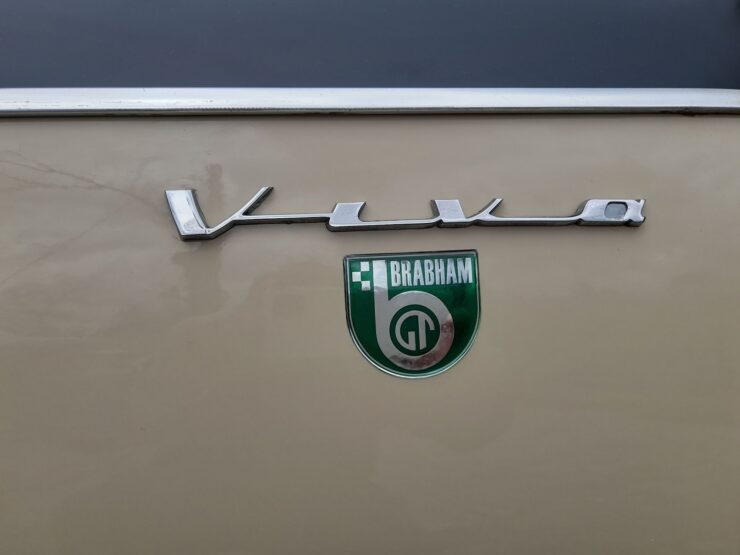
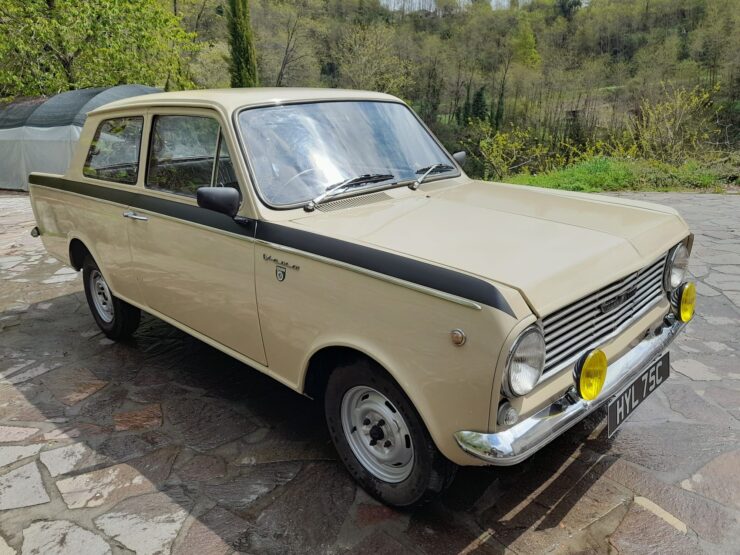
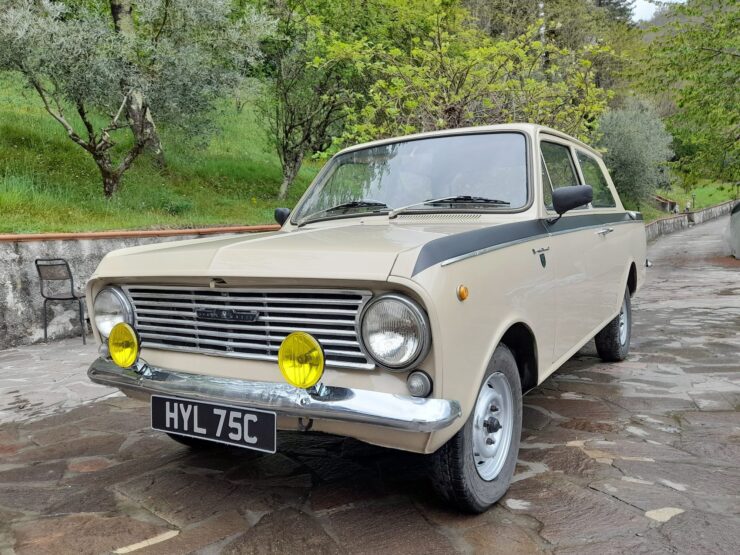
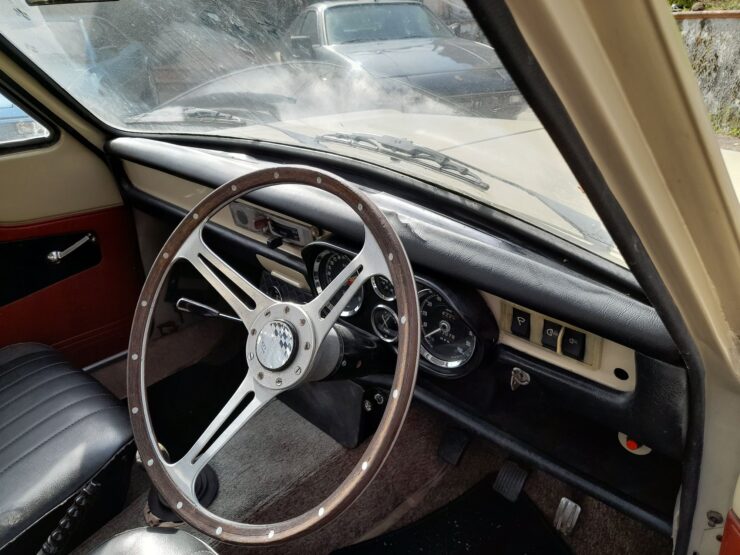
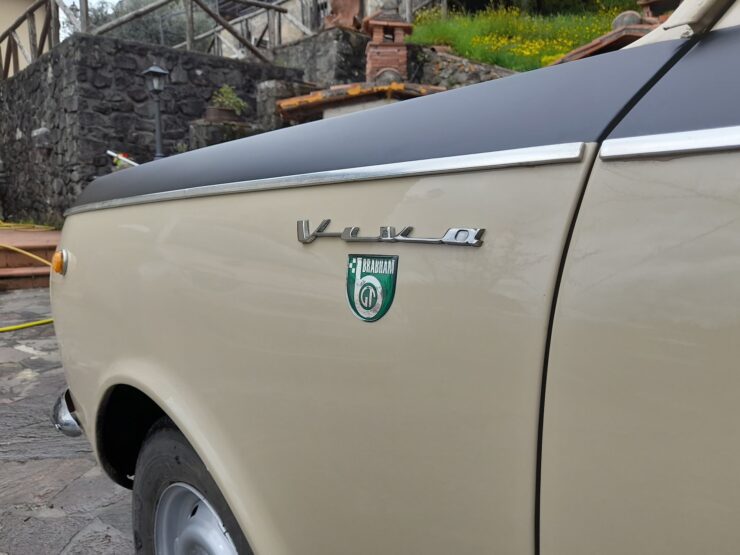
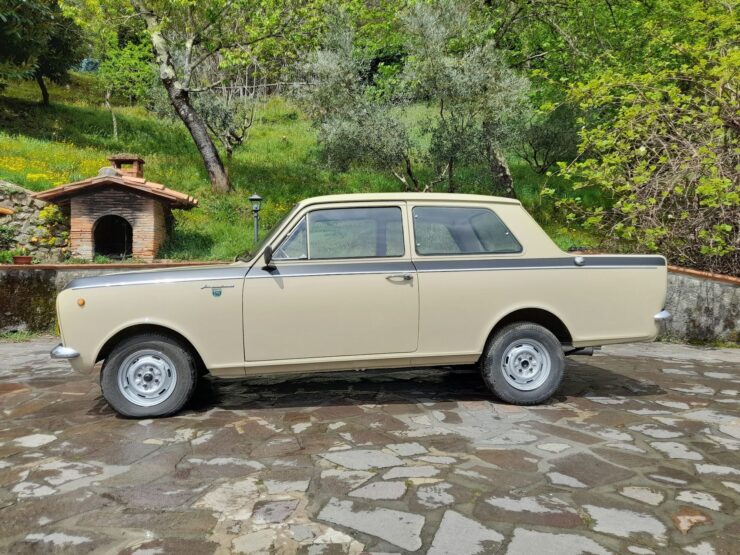
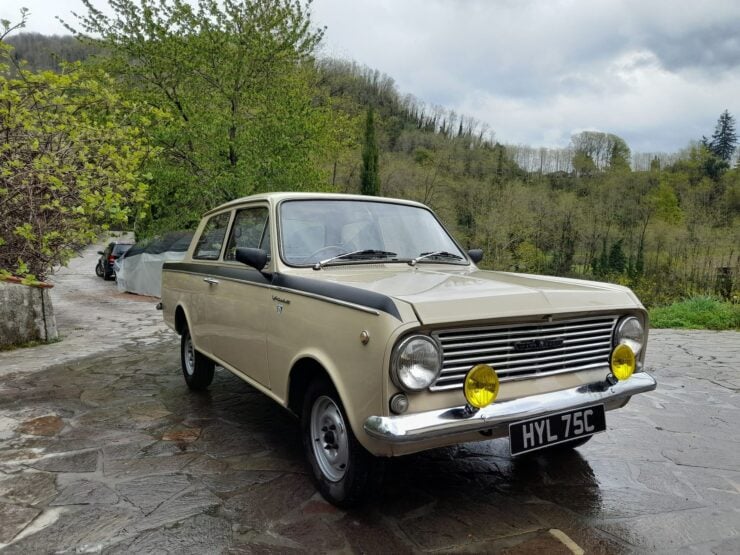
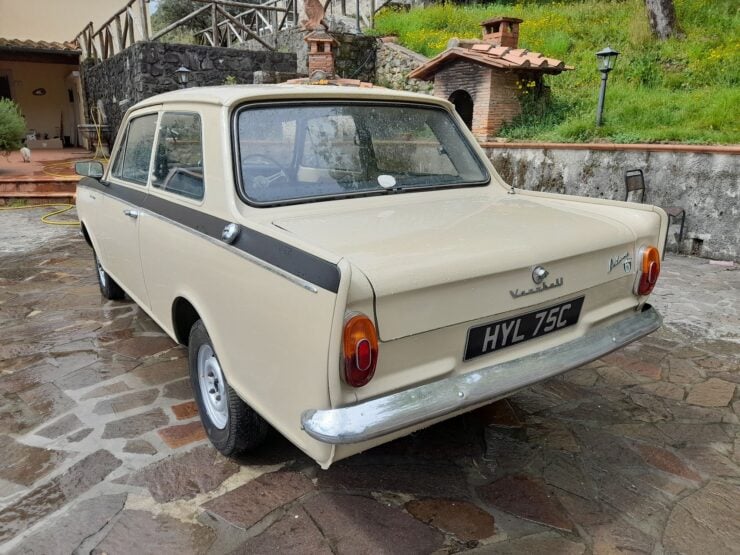
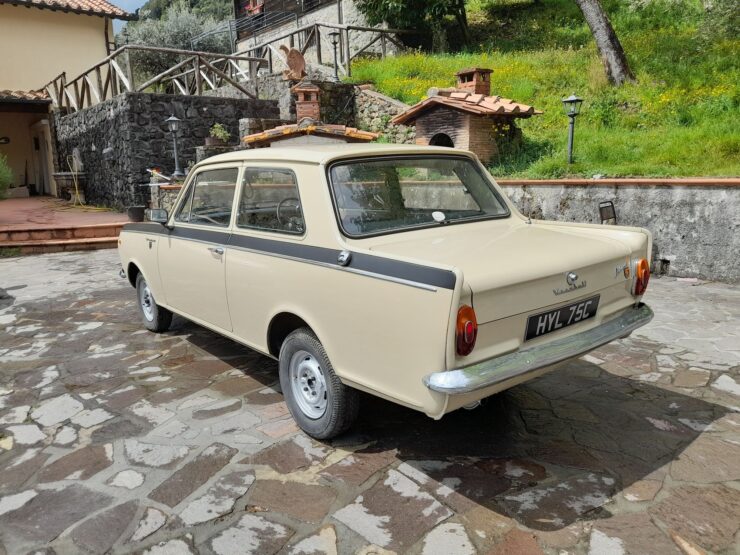
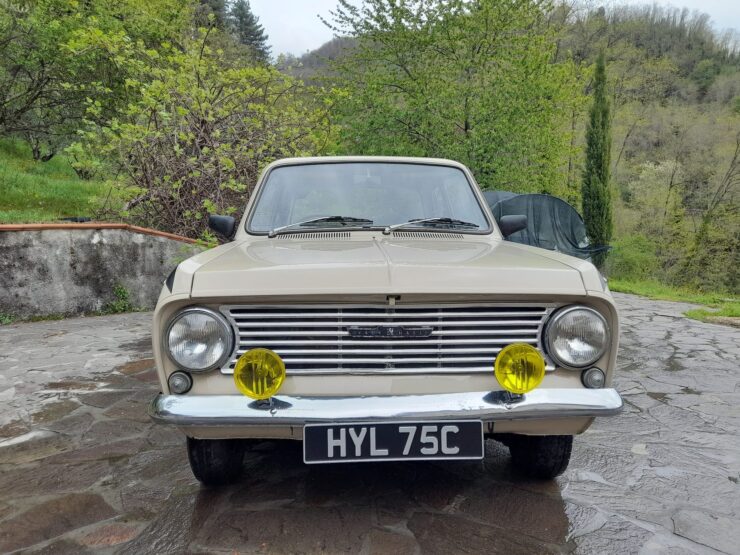
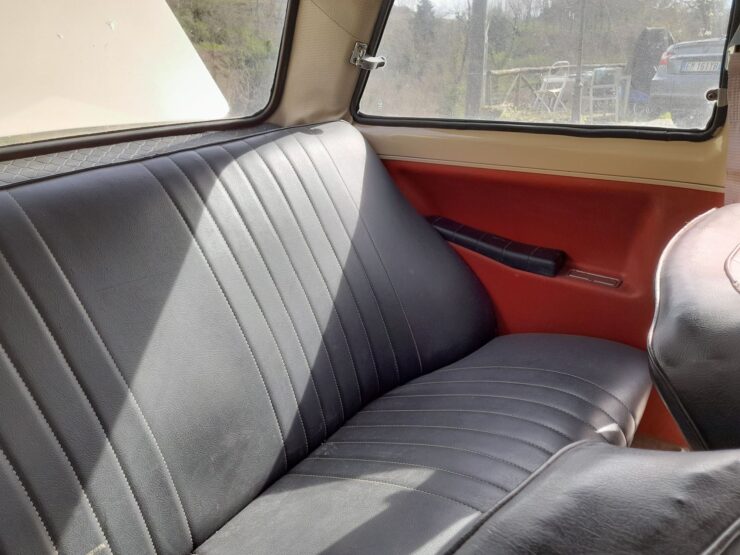
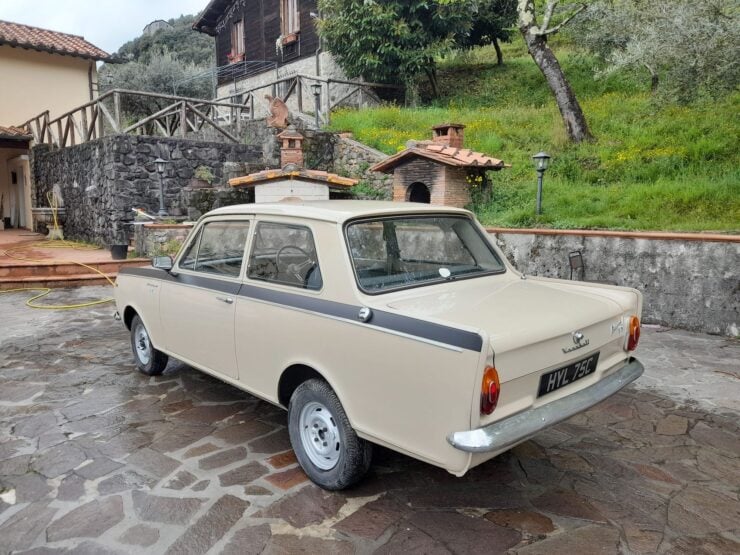
Images courtesy of Car & Classic

